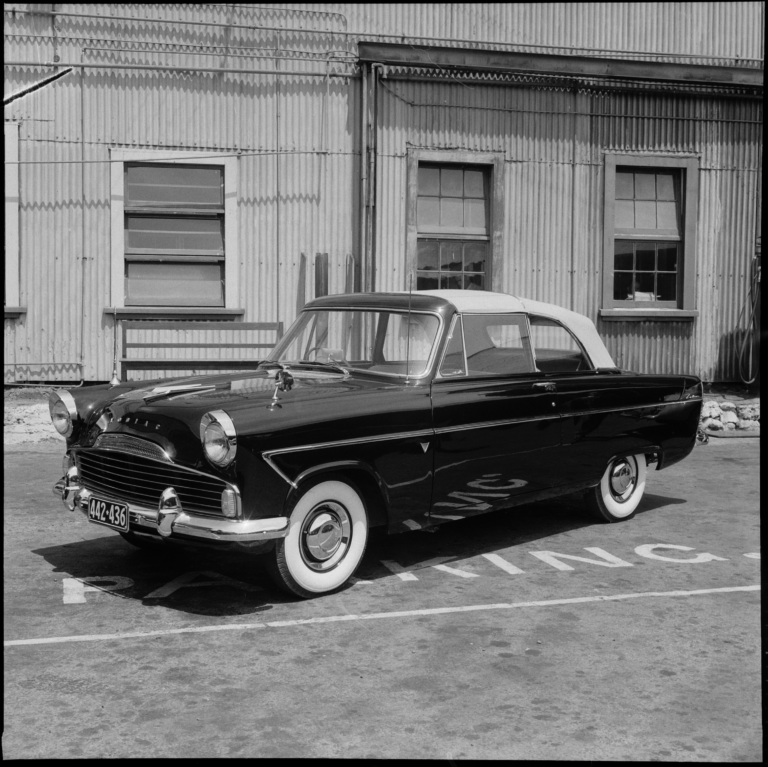I frequent the Caffeine and Classics event. It’s what appeals to me and it’s growing on me more and more as ‘my scene’. I guess with my move away from the performance-car scene, I’m gaining an increased interest in the classic scene. This is supported by seeing some of my dream cars at the gatherings, including this Maserati Bora. As there were only 524 produced, it’s quite rare to see one in a parking lot.

I was quite surprised to see this car at the event, and couldn’t help but stare from afar. Honestly, I wasn’t sure of what I was looking at. As I got closer and closer I noticed the front emblem and realized what I was gazing upon — a Maserati Bora.

The Maserati was equipped with 15×7.5-inch Campagnolo light-alloy rims and a set of near rally-inspired, removable, polished stainless-steel hubcaps.

Although nowadays we have family sedans pushing over 200kWs, the Maserati Bora, in its day, was regarded as an extremely powerful car with 230kW at 6000rpm. The car could push up to 284.79kph at top speed, and get 0–100kph in just 6.6 seconds.

As the car is mid-engined and equipped with a miniature baggage region in the front end of the car, the interior had to allow for a little more storage space than most mid-engined cars. The designers fitted the door cards with their own storage compartments and fitted double-paned glass to lower the volumes within the cabin.

This particular model has been previously featured in New Zealand Classic Car magazine and was rebuilt by Gavin and Myles Hicks. The Hicks are known for their car restorations and have popped out a fair few vehicles over the years, many being restored to original condition and experiencing the life they once had. This Bora was given the full Hicks treatment with a complete interior and exterior restore. The car itself is exceptional and has now moved on to a new owner.

If you’re ever out and about on a Sunday morning and want to see this car for yourself, it might just be at Caffeine and Classics.


